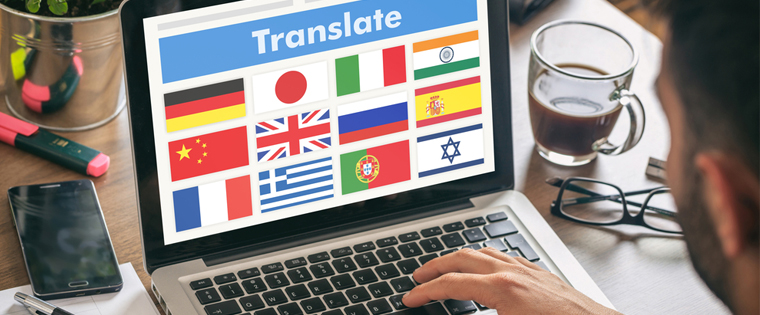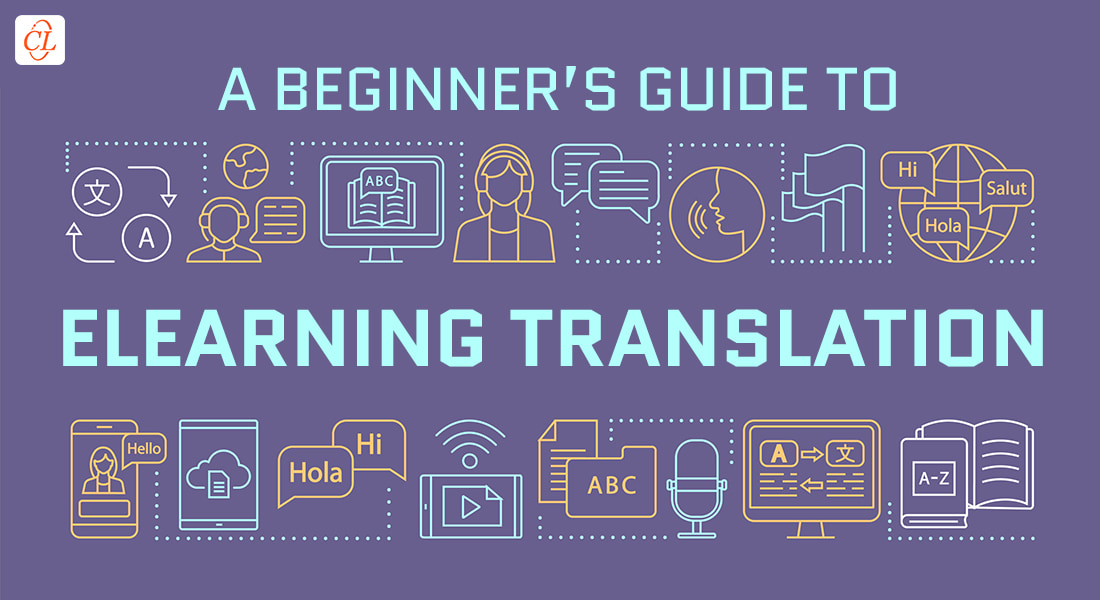How to Achieve Training Translations Effectively

E-learning courses are becoming increasingly popular. In fact, they have become an irreplaceable factor for the success of an organization’s training strategy. They can easily and instantly reach a global audience, assuring that everyone gets the same quality of training. Now, the only barrier that multinational organizations find for effective corporate learning is language.
Translations act as linguistic bridges, which otherwise could restrict global relevance of your training program. It not only changes the language of your course, but also considers the cultural sensitivities of the new language and country. This way, employees in any part of the world will get a course that is appropriate and they can relate to. Employees who take a course in a language most comfortable to them display better knowledge retention and can apply it proficiently in practical situations. Sales personnel, trained in their native languages, have a better chance of bagging local business and providing better services to existing clients.
Since translation is such an important aspect of your training, care should be taken that it is done in the right manner for it to be 100 % effective. Below are some of the things you need to consider to achieve effective translation of your course:
Spatial Considerations
Text, in many languages, is longer or shorter than the English script, which means your text containers need to be flexible. Design your course to allow for expanding or contracting text by avoiding constrictive frames or boxes. Be cautious with horizontal navigation bars, menus and link regions, as they can cause structural inconsistency across languages. Allowing room for text size to modify, prevents awkward abbreviations, which affects the readability and effectiveness of the course.
Simple Sentence Structures
Translations should not feel translated. For translations to read as if they were originally written in the target language, keep your writing clear, simple and direct. Use bullet points to breakup long paragraphs, and subheadings to increase readability. Keep your sentences short, and use compound and complex sentences only where necessary. Review your writing to see if any sentence can be split-up or shortened, by deleting unnecessary phrases. Use active voice wherever possible as opposed to passive voice, which is more difficult to translate.
Use of Words
Avoid culture-specific slangs, idioms or expressions, as they will lose their meaning when translated. Also, avoid abbreviations, acronyms, and new technical terms that can cause confusion for both the learner and translator. Don’t use gender-specific pronouns like he or she, circumvent this by using third person pronouns like ‘they’. Create a translation glossary to assist your translators with words and jargons that may have a unique meaning in your industry, since English may not be the translator’s first language. Re-use text or phrases when possible and avoid making minor word tweaking. This can increase the number of unique words and significantly increase the translation cost.
Multimedia Constraint
Cultural imagery differs across borders. To ensure that people in any country will understand your e-learning course, use universally recognized symbols. If you are not sure about a symbol’s implication in another culture, then its best to remove it. Usage of signs and symbols differ from region to region; hence, it is wise to avoid using a dollar sign, road signs or culture-specific gestures. The same applies for video, audio or any other form of multimedia. It is best to keep all content culturally-neutral.
By hiring certified linguistic and subject matter experts, you can really ease out the entire translation process. But, always make sure that you don’t rely on a single person for the entire translation process. It is always best to take multiple perspectives to ensure that the translation has been appropriately carried out. So, what are you waiting for? Give all your learners, in any country, an incredible e-Learning experience.





